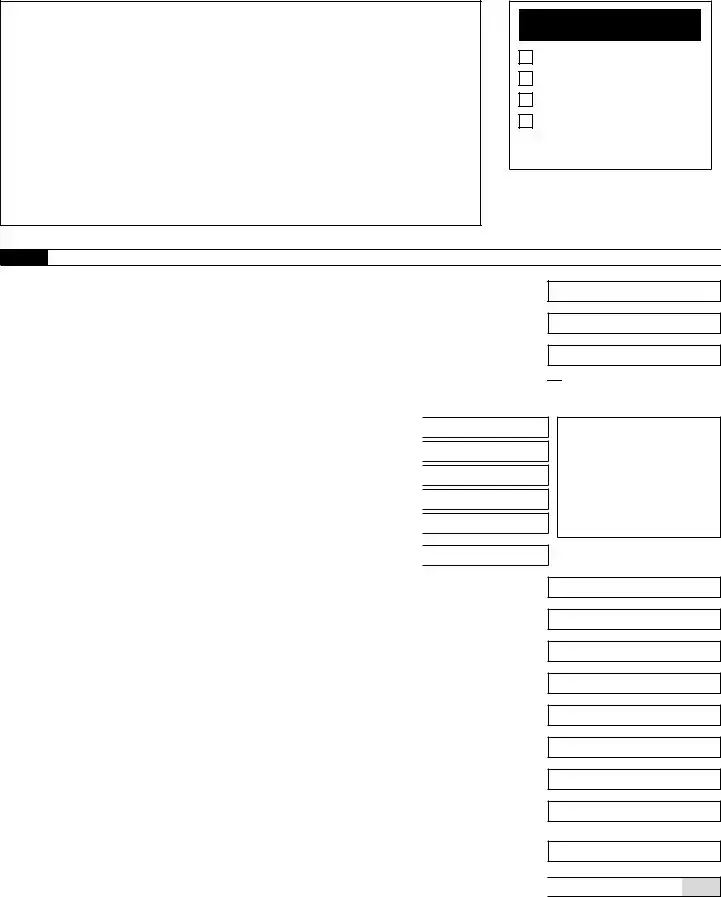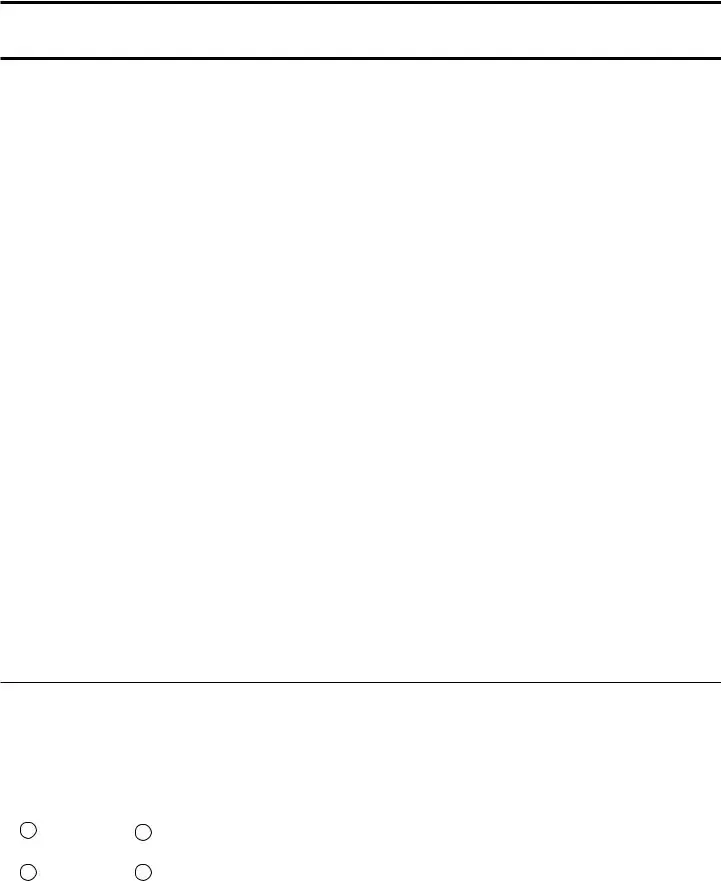The IRS Form 941, officially known as the Employer's Quarterly Federal Tax Return, plays a crucial role in the tax compliance process for employers in the United States. This form is filed quarterly and serves to report income taxes, Social Security tax, and Medicare tax withheld from employees' wages. Employers must accurately calculate and remit these taxes to the federal government, ensuring that their contributions align with the amounts reported on the form. Additionally, Form 941 provides a mechanism for employers to report any adjustments to their tax liabilities, including corrections from previous quarters. Understanding the intricacies of this form is essential for employers, as it not only impacts their tax obligations but also influences employee benefits tied to Social Security and Medicare. Filing deadlines for Form 941 are strictly enforced, and timely submission is critical to avoid penalties. Employers must also be aware of the specific instructions and requirements associated with the form, as any errors can lead to complications in their tax filings and potential audits. Overall, the IRS Form 941 is a fundamental component of payroll tax reporting, necessitating careful attention to detail and adherence to federal guidelines.
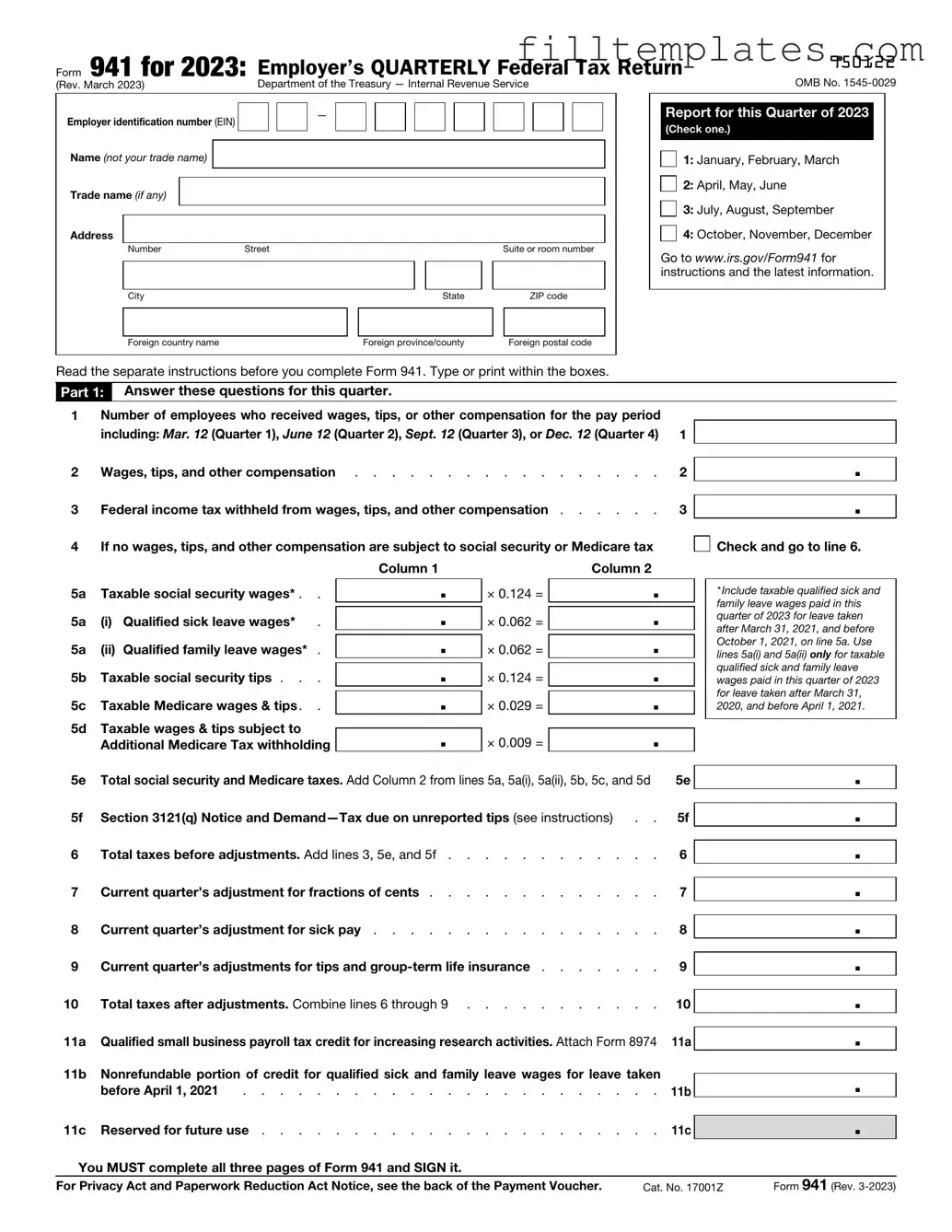
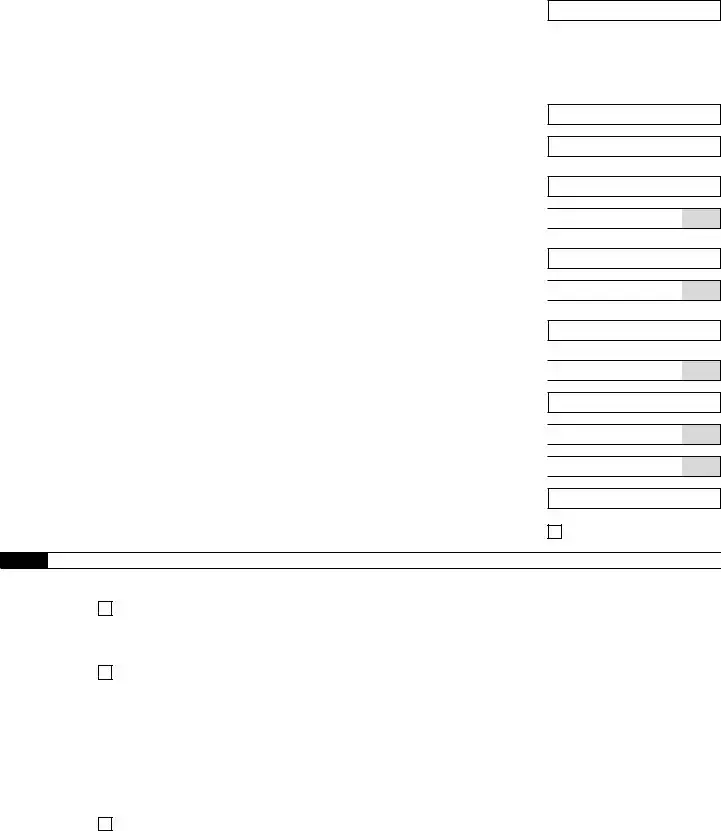

 Check and go to line 6.
Check and go to line 6.

 .
. .
. .
. .
. .
.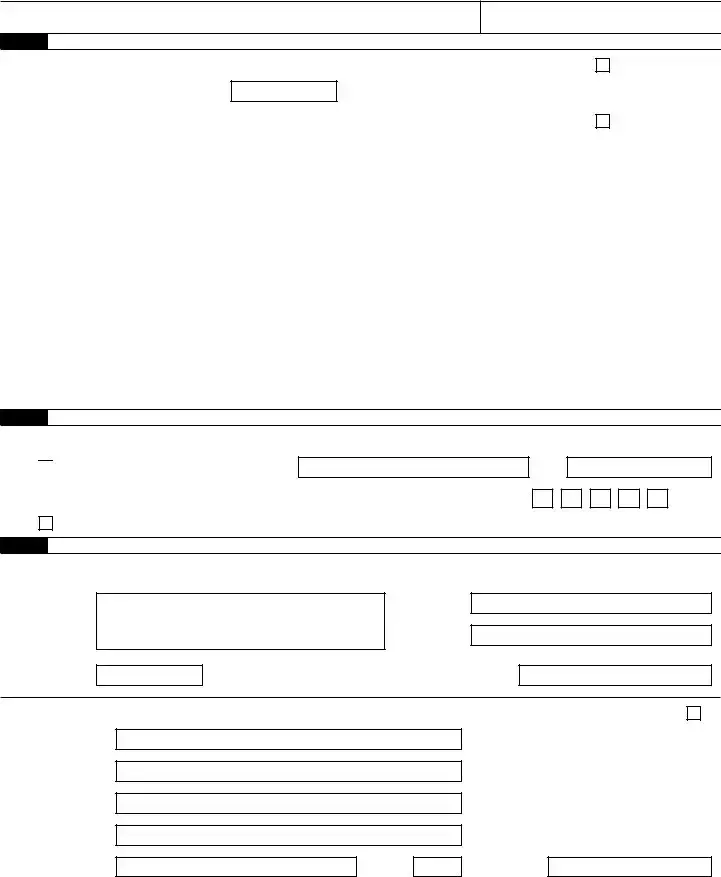

 Yes. Designee’s name and phone number
Yes. Designee’s name and phone number